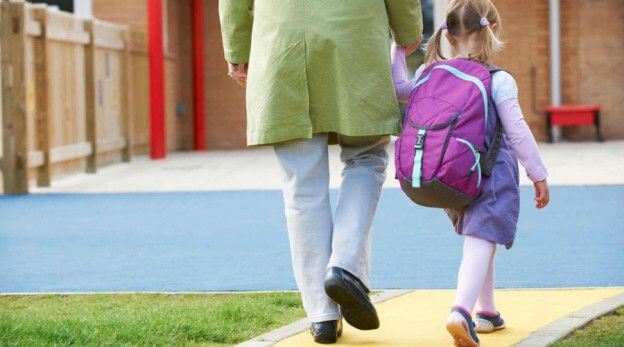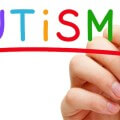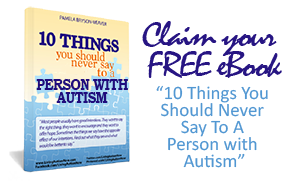With the school opening looming up ahead, the idea of transitioning your child with autism can prove to be daunting. Starting school can be a difficult time even for normal kids, more so with a child who has limited cognitive, social, and other developmental skills. Like normal kids, children on the spectrum also feel the same excitement and anxiety. This change can be difficult for them— the scenery, the people, their responsibility as students, co-existing with others, and so on. This often leads to sudden (and somehow negative) changes in behavior.
By now, you must have already looked into a number of schools in your area and have found the right one for your child. To gear your child for the so-called “first day high,” try looking into these helpful tips and see if any of these can work with his or her level of ASD.
1. Try creating a social story to go along with the preparation. Pictures and video presentation prove to be effective channels to show them what school is like, how to go with the usual morning/afternoon routine, and other school activities.
2. Create creatively the list of daily activities he or she will have to take from waking up to brushing, walking/riding to school, entering the classroom, and so on. If possible, try to ask the school administration if it is okay for you and your child to look around.
3. Prepare a calendar complete with pictures. Indicate lunch with the picture of the school cafeteria or toilet time with the comfort room or playtime with a picture of the school playground with children playing.
4. Before school officially starts, ask if it is okay for your child to meet his or her new teacher. Let the teacher and the school’s guidance counselor know about certain “obsessions” that your child may have. Often, visiting school ahead of time and meeting the people he or she will encounter head-on can ease their way into transition.
5. Communicate, communicate. Whatever your child’s ASD level, it is imperative that you ask about what he or she feels. Engage him or her in the whole process. His or her feelings should come first and foremost on this journey. Make him or her feel secured and assured, that school is a safe haven. Instill happy thoughts in meeting new friends. He or she may be socially challenged, but this does not negate the thought of feeling the same level of excitement in meeting new acquaintances.
6. Reassure your child that school is his or her second home. While “Mommy” or “Daddy” help resolves problems for him at home, he or she now has an extra set of helping hands with “teacher” (be specific with the name of the teacher to make him familiar) around.
7. Try to check if there are kids in the neighborhood who will be going on the same classes with your child. Sometimes, letting them connect to others before school starts can greatly eliminate unforeseen circumstances during transition.
8. Make sure to find out what after-school activities can your child join. Some sports activities are excellent activities for children with ASDs.
9. Include your child’s therapist on this process. It is imperative that you are fully guided on every endeavor you pursue to ensure zero meltdown.
10. Be extra attentive. Some kids on the spectrum have a hard time coping with these sudden changes. Make sure to prioritize your child’s welfare before anything else.
Each child with Autism Spectrum Disorder has a different way of dealing with changes in their environment. These tips may prove to be effective to others but, in everything else, you alone know what works best for him or her.





